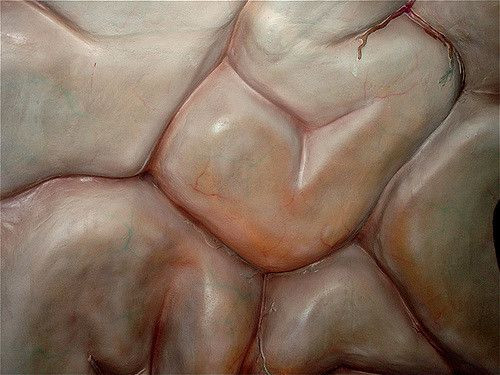Mini Brains Made From Stem Cells May One Day Be Used To Study Brain Diseases, Eliminating Need For Lab Animals

Our brain is a complex, mysterious, delicate organ. For this reason, we never use live human brains to test new chemicals or drugs that may one day treat brain diseases like Alzheimer’s, Parkinson’s, or autism. It’s costly, time consuming, and morally questionable to have a living, breathing human ingest an experimental drug, or submit themselves to surgery just for science. But what if there was a way to test how our brains reacted in these experiments without the harmful side effects?
Researchers from the Johns Hopkins Bloomberg School of Public Health developed “mini brains,” made of neurons and stem cells, for exactly this purpose. They say the brain's function is limited, but that the procedure is solid enough to be replicated on a larger scale — maybe enough to replace the thousands of animals used for neurological testing in the United States. They plan to discuss their research at the American Association for the Advancement of Science conference in Washington, D.C. on Feb. 12.
"Ninety-five percent of drugs that look promising when tested in animal models fail once they are tested in humans at great expense of time and money," said study leader Dr. Thomas Hartung, Doerenkamp-Zbinden professor and chair for evidence-based toxicology at the School of Medicine, in a press release. "While rodent models have been useful, we are not 150-pound rats. And even though we are not balls of cells either, you can often get much better information from these balls of cells than from rodents.”
Hartung and his colleagues sourced the stem cells for their mini brains from donors with a variety of genetic backgrounds and diseases. They then took fibroblast samples (cells that create collagen and other types of fibers) from these donors and turned them into pluripotent stem cells, essentially reprogrammed adult cells that are reprogrammed into an embryonic stem cell. These were stimulated to grow into brain cells.
These mini brains live up to their name. At about 350 micrometers long, they’re about the size of a housefly’s eye. At this size, the researchers created hundreds of thousands of the brains — 100 could easily grow inside of a single petri dish. The mini brains were cultivated for two months until they turned into neurons and the support cells needed to create myelin, which allows neurons to communicate with each other.
Once they had the cells they needed, the researchers watched as their brains began showing signs of electrical activity whenever test drugs were administered. (This was measured by placing electrodes around the brains.)
Hartung says the mini brains are neither the first nor the version of a brain, but they are the most standardized one. “When testing drugs,” he said, “it is imperative that the cells being studied are as similar as possible to ensure the most comparable and accurate results."
Hartung is currently in the process of getting a patent for the mini brains, and hopes to have them inside as many labs as possible within a year. If all goes well, he says, we’ll be able to “replace animal testing on a large scale.”
Source: Hartung T, et al. The American Association for the Advancement of Science conference in Washington, DC. 2016.



























